
cd_nom
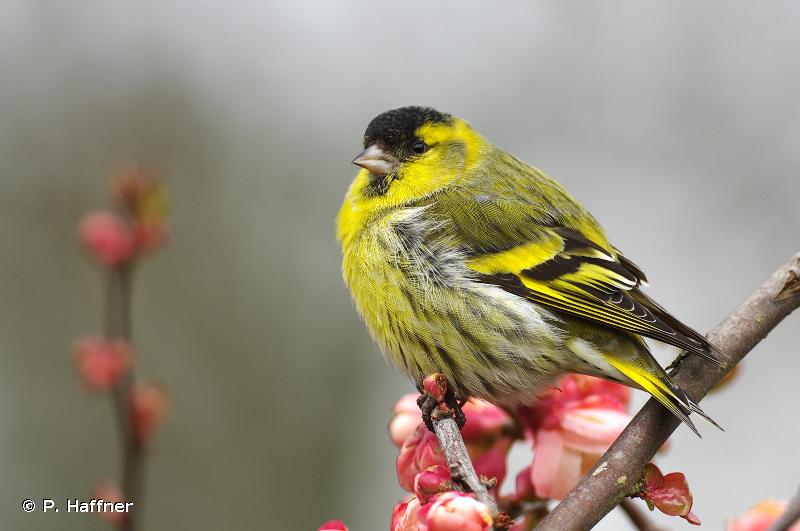
| Author : P. Haffner |
 |
To get the picture, please visit:
Patrick Haffner
email : inpn@mnhn.fr
Legend: Tarin des aulnes (Carduelis spinus) mâle, Nogent-sur-Vernisson (Loiret)
Despite the Creative Commons license, please inform the author of the use which will be made of his photo
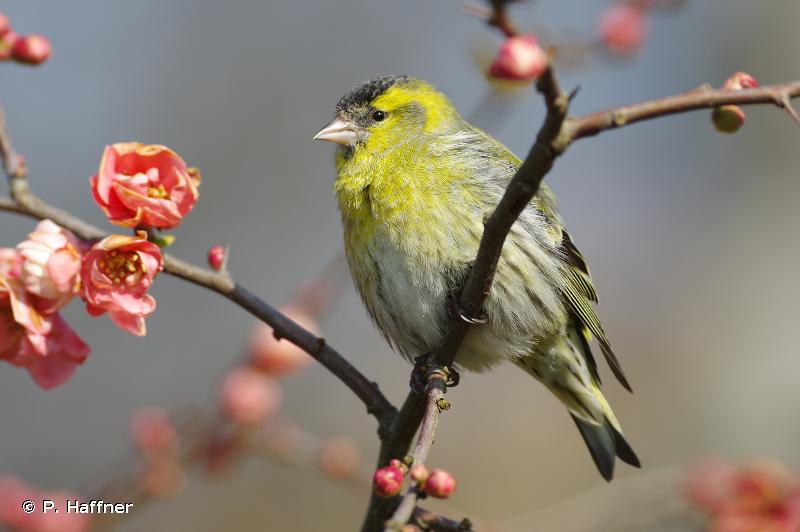
| Author : P. Haffner |
 |
To get the picture, please visit:
Patrick Haffner
email : inpn@mnhn.fr
Legend: Tarin des aulnes (Carduelis spinus) mâle, Nogent-sur-Vernisson (Loiret)
Despite the Creative Commons license, please inform the author of the use which will be made of his photo
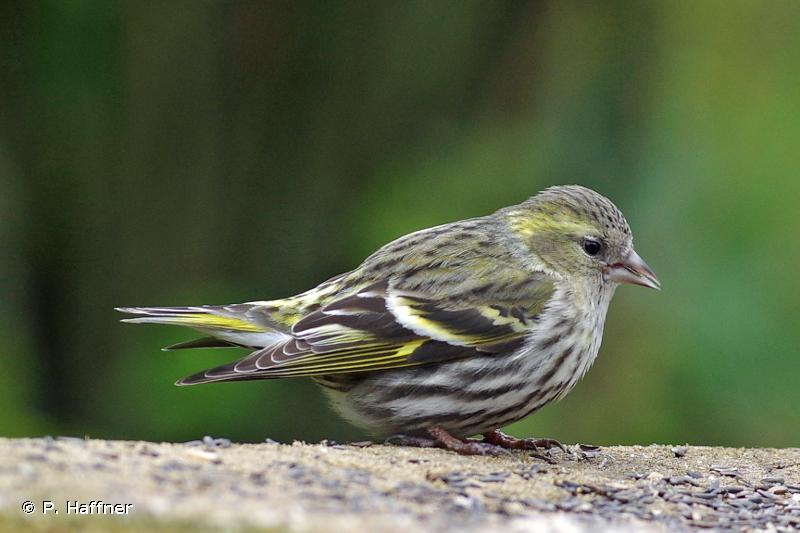
| Author : P. Haffner |
 |
To get the picture, please visit:
Patrick Haffner
email : inpn@mnhn.fr
Legend: Tarin des aulnes (Carduelis spinus) femelle, Nogent-sur-Vernisson (Loiret)
Despite the Creative Commons license, please inform the author of the use which will be made of his photo
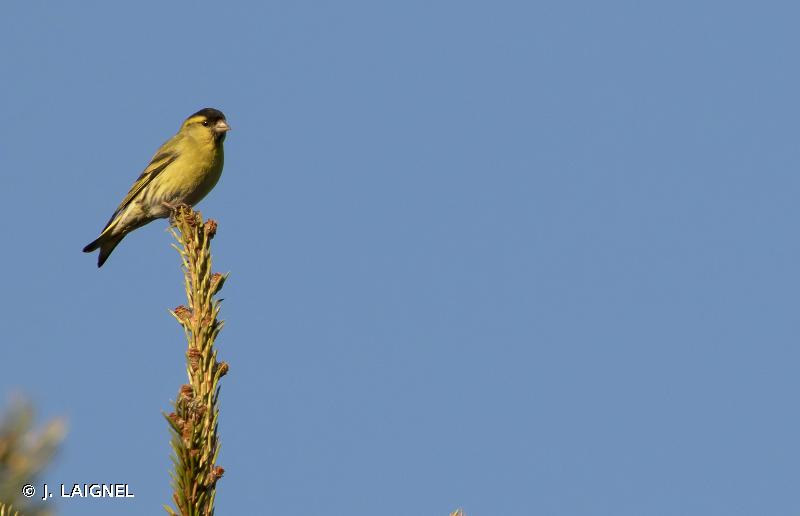
| Author : J. LAIGNEL |
 |
To get the picture, please visit:
Julien Laignel
Chargé de mission SNB - UMS2006-PATRINAT/MNHN
4, avenue du Petit Château
91800 BRUNOY
Tel.: 06.10.68.23.36
Mail: julien.laignel@9online.fr
Despite the Creative Commons license, please inform the author of the use which will be made of his photo
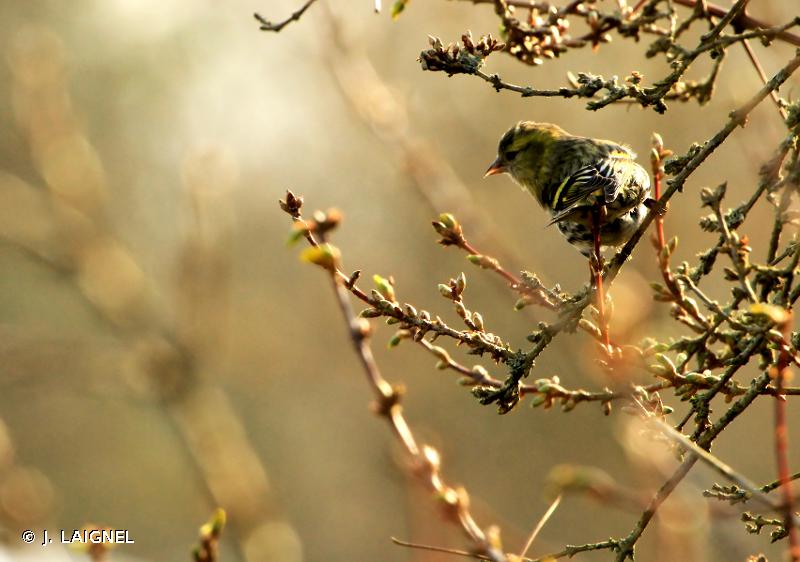
| Author : J. LAIGNEL |
 |
To get the picture, please visit:
Julien Laignel
Chargé de mission SNB - SPN/MNHN
4, avenue du Petit Château
91800 BRUNOY
Tel.: 06.10.68.23.36
Mail: julien.laignel@9online.fr
Despite the Creative Commons license, please inform the author of the use which will be made of his photo
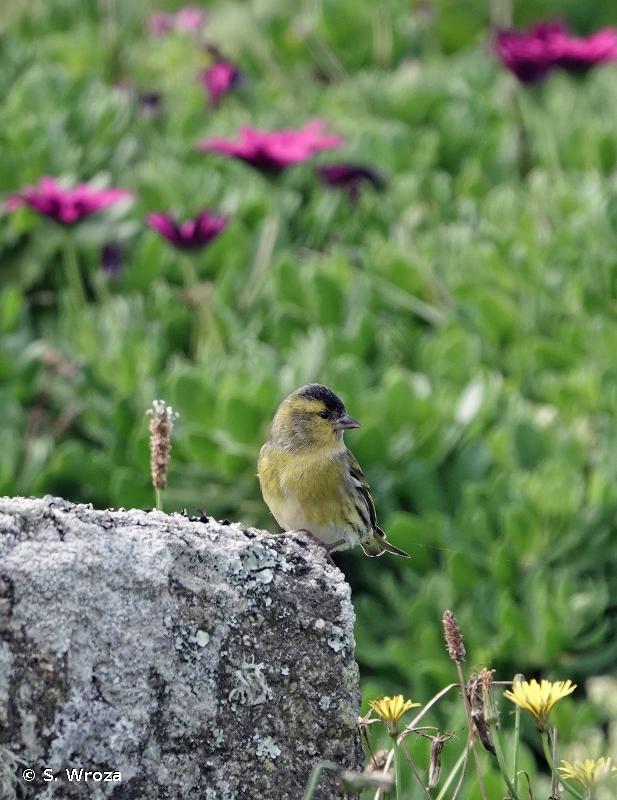
| Author : S. Wroza |
 |
Despite the Creative Commons license, please inform the author of the use which will be made of his photo
Taille/poids :
Longueur totale : 11,5 à 12,5 cm. Poids : 11 à 18 g.
Diagnose :
Assez court sur patte, il possède un bec long et pointu. Globalement verdâtre, un dimorphisme de couleur important est observé qui s'exprime par un contraste des couleurs plus marqué chez le mâle. Ce dernier est le seul à posséder une calotte et une bavette noires. Le cri disyllabique de l'espèce est typique.
Détermination :
Moyennement difficile.
Espèces proches :
Des confusions sont possibles avec le Venturon montagnard Serinus citrinella et le Serin cini Serinus serinus. De ces trois espèces, le Tarin est la seule à posséder du jaune à la base des rectrices externes de la queue.
Période d'observation :
En dehors des régions abritant la reproduction de l'espèce, la période d'observation s'étend essentiellement d'octobre à avril (passages migratoires et hivernage).
Biologie-éthologie :
Le tarin présente un régime alimentaire essentiellement constitué de végétaux et plus particulièrement de graines de conifères dont il paraît dépendant. Il se nourrit également d'autres graines et notamment de celles de l'aulne, du bouleau et de diverses plantes.
Biogéographie et écologie :
Le Tarin des aulnes se reproduit essentiellement dans les contrées boréales. On le rencontre de l'Europe de l'Ouest (Grande-Bretagne) jusqu'au Japon avec une interruption de répartition en Sibérie centrale. Plus au sud, il se reproduit également dans les massifs montagneux. Essentiellement migratrice, l'espèce fait preuve d'une grande sociabilité mais devient territoriale lors de la nidification.
Compilé par J. Comolet-Tirman à partir des Cahiers d’habitats.(UMS 2006 Patrimoine Naturel (AFB / CNRS / MNHN)),2017
Continental
Metropolitan France
Overseas
Marine
Metropolitan France
Overseas
The map presents a summary at the 10 x 10 km grid of the observation data for the species transmitted to the SINP. These data have been subjected to validation filters.
The map presents a reference distribution layer of the species at the scale of departments and marine sectors. The presence and absence data were established by expertise within a network of partners. This reference distribution is used in the validation process of the SINP data at the INPN level.
Corresponds to a report on the basis of at least one observation proved within a period of 10 years (20 years for little-known invertebrates) preceding the year and no presumption of extinction since obtaining the last data nor doubt on reproductive and implemented nature of this population. For migratory species, the presence indicated concerns areas of reproduction.
This status is based on one or more of the following criteria:
This point covers the absence, more difficult by nature to demonstrate than presence. This status is based on one or more of the following criteria:
This status must be assigned to a department in which the presence of the species is casual.
Particular case of absence due to a proven extinction less than a half century ago (older disappearances are treated as "no probable or definite").
In the state of knowledge, we can not comment on the presence or absence in the current department. This is the default status when not comprised in one of the previous categories or whenever there is doubt.
The map shows the global distribution of the species based on GBIF data (Global Biodiversity Information Facility).
